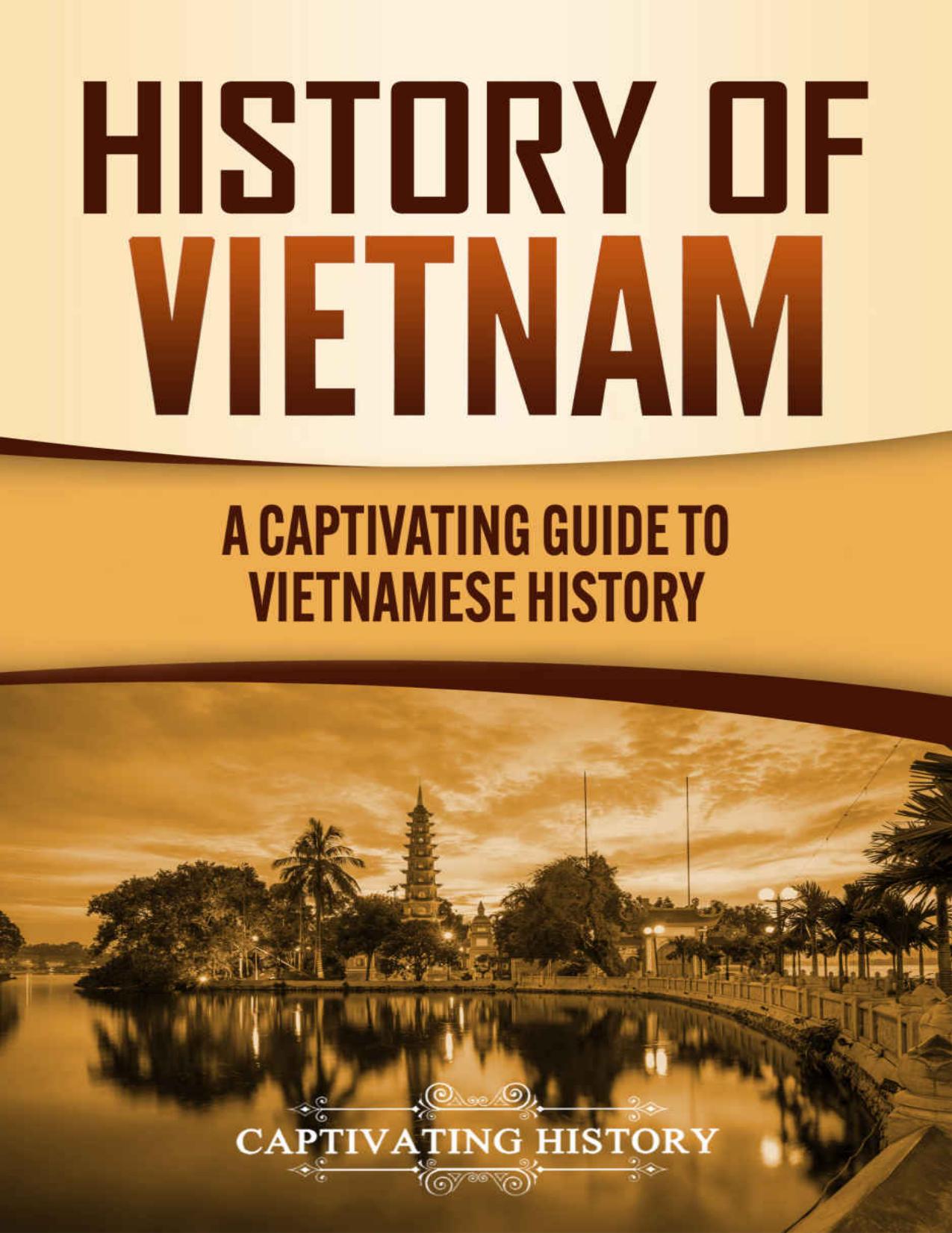History of Vietnam: A Captivating Guide to Vietnamese History by Captivating History

Author:Captivating History [History, Captivating]
Language: eng
Format: azw3, pdf
Published: 2020-11-26T16:00:00+00:00
Illustration 15: Vietnam through the ages, 200 BCEâ1800s. (Public domain)
Illustration 16: The divisions of Vietnam in the 17th century. As you can see, the Mac retained a small territory on the Chinese border. The Vu were tribal lords in the defensible highlands. (Public Domain)
Over the course of the next 300 years, the Trinh and Nguyen struggled for control of the country. At rare times, they worked together when faced with external threats.
The Trinh
As you might imagine, northern Vietnam, which was under the Trinh, was highly influenced by China. Some of this influence was from China directly in the form of quid pro quo. As you have seen throughout this book, the Chinese have influenced Vietnam since the beginning of recorded history, and under the Trinh, Chinese culture in the form of Confucianism, Taoism, law, and much else was dominant.
The growing influence of China in Trinh Vietnam caused a shift in Vietnamese life. Some of this was obvious, such as law, civil service, and religious and spiritual beliefs. However, much of this shift in northern Vietnamese life was gradual. On a national level, the ruling Trinh brought in more and more Chinese ideas, but in response to this, the power in everyday life in Vietnam devolved to the local/village level. Over time, a tacit agreement was reachedâthe Trinh would let the villages run their own affairs as long as the villagers would send their sons to defend Trinh interests in times of war. The same type of arrangement also pertained to taxes (in a general way, as Vietnam was still a feudal society, and large landowners had the power to tax). All the Trinh asked was for them to pay what they owed, and in return, the Trinh would leave them alone. However, sometimes the taxes were too onerous, which caused revolts.
The Trinh used a surviving branch of the Le family to keep up appearances and the image of continuity, but the Le emperors under the Trinh were merely figureheads, as the various Trinh warlords held the real power.
Vietnamese intellectuals and religious figures retreated with the ascension of Chinese ideas in the Trinh court and upper classes. The intellectual classes of scholars and monks did not guide policy decisions under the Trinh, as they had with other rulers to varying degrees before. The Trinh ruled by using Te (power). To most Vietnamese at the time, all of the Trinh rulers lacked that unique Vietnamese quality of phúc Äuc.
One of the most famous Vietnamese poems was written about the Trinh under their rule. The poem, âSam Trang Trinh,â by Nguyen Binh Khiem, laments that Vietnam (at least in the north) was not ruled by virtue and wisdom but rather power, intimidation, money, and death. The writings of Nguyen Binh Khiem are treated by many Vietnamese (especially in the exile community) as a sort of prophecy, foretelling the conditions that need to be met in Vietnam for communism to fall.
The Nguyen
In central and southern Vietnam, the Nguyen ruled, doing so in a much different way than the Trinh.
Download
History of Vietnam: A Captivating Guide to Vietnamese History by Captivating History.pdf
This site does not store any files on its server. We only index and link to content provided by other sites. Please contact the content providers to delete copyright contents if any and email us, we'll remove relevant links or contents immediately.
| Africa | Americas |
| Arctic & Antarctica | Asia |
| Australia & Oceania | Europe |
| Middle East | Russia |
| United States | World |
| Ancient Civilizations | Military |
| Historical Study & Educational Resources |
Magic and Divination in Early Islam by Emilie Savage-Smith;(1499)
Ambition and Desire: The Dangerous Life of Josephine Bonaparte by Kate Williams(1344)
Bohemians, Bootleggers, Flappers, and Swells: The Best of Early Vanity Fair by Bohemians Bootleggers Flappers & Swells- The Best of Early Vanity Fair (epub)(1341)
Papillon by Henry Charrière(1309)
Twelve Caesars by Mary Beard(1256)
Operation Vengeance: The Astonishing Aerial Ambush That Changed World War II by Dan Hampton(1134)
What Really Happened: The Death of Hitler by Robert J. Hutchinson(1128)
London in the Twentieth Century by Jerry White(1111)
Time of the Magicians by Wolfram Eilenberger(1087)
The Japanese by Christopher Harding(1086)
Twilight of the Gods by Ian W. Toll(1084)
Lenin: A Biography by Robert Service(1043)
The Devil You Know by Charles M. Blow(985)
A Social History of the Media by Peter Burke & Peter Burke(936)
Freemasons for Dummies by Hodapp Christopher;(922)
Napolean Hill Collection by Napoleon Hill(902)
Henry III by David Carpenter;(890)
The Churchill Complex by Ian Buruma(879)
The Rise and Triumph of the Modern Self by Unknown(877)
